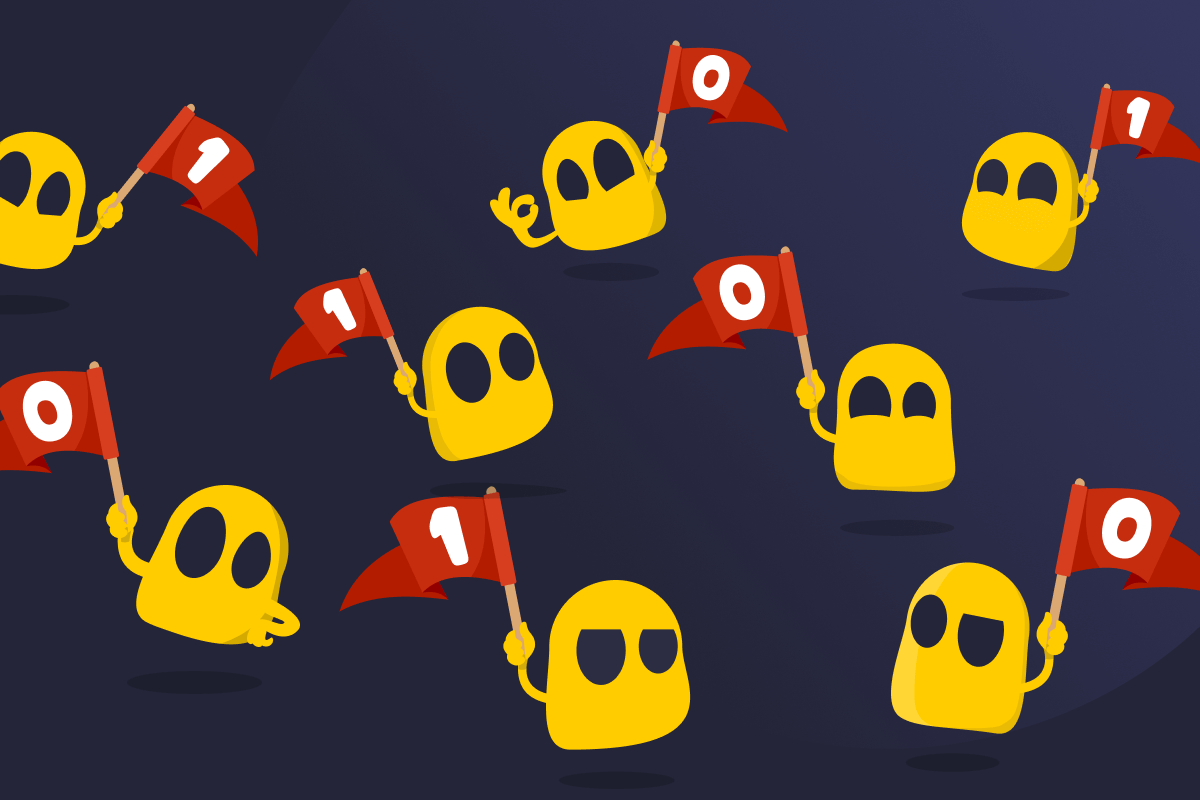Digital Information

Digital Information Definition
Digital information is data represented using binary code (1s and 0s). Computers use this code to process, store, and transmit information. This type of data can represent anything in the digital world, including text documents, images, audio, video, web pages and emails, databases and spreadsheets, and more.
How Digital Information Works
Digital information is represented by data, which is made up of bits. These are the smallest units of data and can have a value of either 0 or 1. Eight bits make a byte. Bytes are combined in various patterns to represent characters in text, colors in images, and samples in sound or video. Computers use these patterns of bits to interpret binary data and render it into text, image, or sound.
Analog vs Digital Information
| Analog Information | Digital Information |
| Continuous signals (like light waves) | Individual bits (binary 0s and 1s) |
| More susceptible to errors from distortions | More resistant (but not immune) to errors since it can detect and correct them |
| Harder to store and copy accurately | Easy to store, copy, and transmit |
| Examples: vinyl records, cassette tapes, analog clocks | Examples: MP3 files, digital videos, digital clocks |
Analog and digital information are two different ways of storing and sharing data. Analog information changes smoothly and continuously, like the level of mercury in a thermometer rising as the temperature increases. It doesn’t jump from one value to another; it flows gradually. Cassette tapes and film cameras are good examples of analog formats, where sound and images are stored as continuous signals or patterns.
On the other hand, digital information is made up of individual bits, using only 0s and 1s. These bits represent data in fixed steps, which makes it easier to store, copy, and send without losing quality. That’s why digital formats, like MP3s or digital photos, are so common today: they’re more reliable and easier for computers to work with than analog formats.
Read More
FAQ
Digital information refers to data computers store, process, and transfer using binary code (1s and 0s). This includes content such as text, images, audio, video, and software. Each 1 or 0 is called a bit, the smallest unit of digital data. A group of eight bits forms a byte, which can represent a single character, a small piece of an image, or a snippet of sound. Bits and bytes are the building blocks that let devices create, store, and share digital information.
Digital information comes in many forms, including text documents, images, audio files, videos, web pages, emails, databases, and spreadsheets. Each type represents a way we store or share content using digital devices and systems.
An email with text and an attached photo is a common example of digital data. The text in the message, the sender and recipient details, and the image file (like a JPG or PNG) all exist as binary code (combinations of 1s and 0s).
Data refers to raw facts or figures, such as numbers, symbols, or words, without context. Digital information is data that’s been turned into a binary format so computers can process, store, and transmit it. In this form, computers can organize the data and present it in meaningful ways. In simple terms, data is the raw input, while digital information is the structured output that systems and users can interpret and use.

 45-Day Money-Back Guarantee
45-Day Money-Back Guarantee